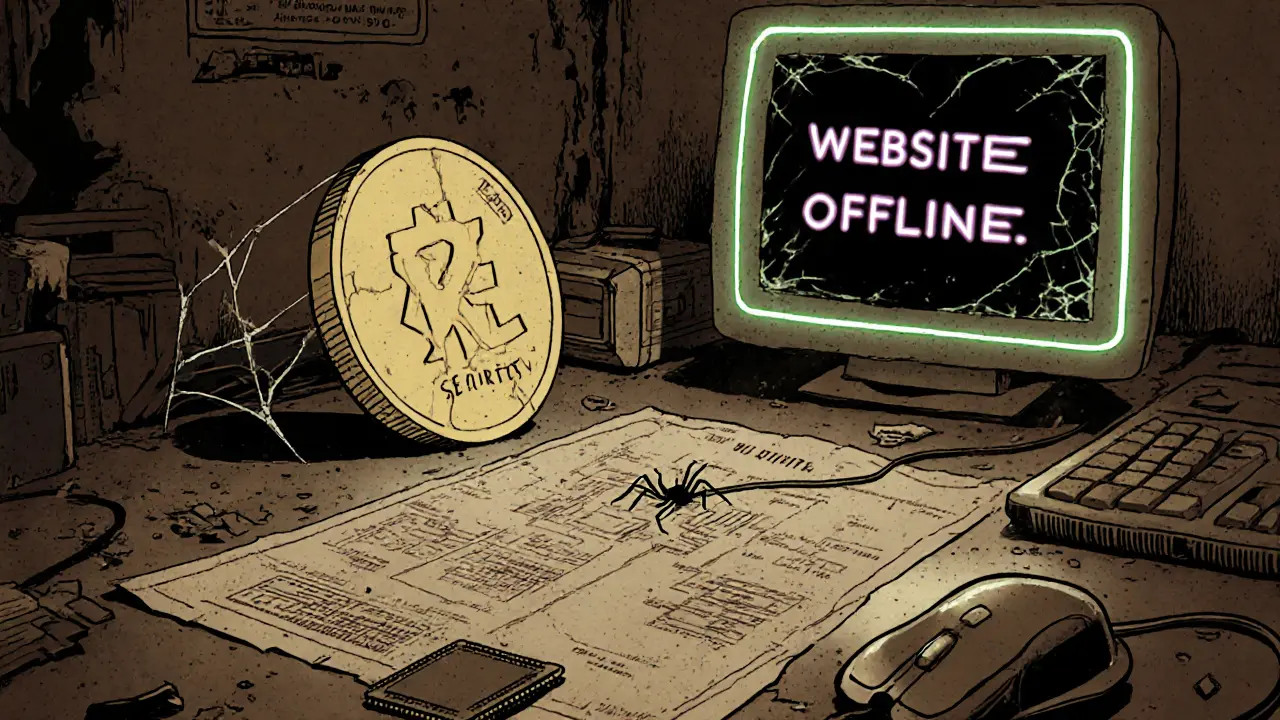Dead Crypto Project: What Happens When a Coin Dies and How to Avoid Them
When a dead crypto project, a cryptocurrency with no active development, trading volume, or community support. Also known as zombie cryptocurrency, it continues to appear on price trackers but is effectively dead—no updates, no team, no future. A dead crypto project isn’t just low in price. It’s silent. No GitHub commits. No Twitter replies. No exchange listings. No one is buying or selling. And yet, scammers still push it to unsuspecting buyers who think they’re finding a bargain.
Many zombie cryptocurrency, a token that lingers online after its creators abandoned it, often with fake price charts and fake airdrop claims are built on hype, not utility. Take EDRCoin—launched in 2017, vanished by 2018, but still listed on sketchy sites claiming "1000x returns." Or TROLL (SOL), a meme coin that spiked 130,000% then crashed 85% because it had no team, no roadmap, and no reason to exist beyond a viral joke. These aren’t investments. They’re digital ghosts. And they’re everywhere. You’ll find them in fake airdrops, in Telegram groups pushing "undervalued gems," and in YouTube videos with bots in the comments. The crypto scam, a fraudulent scheme designed to trick people into sending funds or revealing private keys under false pretenses often hides behind the name of a dead project, using its past name to appear legitimate.
How do you avoid them? Look for three things: trading volume, team activity, and community trust. If a token has zero volume on CoinGecko or CoinMarketCap, it’s dead. If the team hasn’t posted in over a year, it’s dead. If the only people talking about it are strangers offering "private sales," it’s dead. Real projects don’t disappear. They evolve. They release updates. They answer questions. Dead ones don’t. And the worst part? Once a project dies, it rarely comes back. No one is waiting to revive it. No one is buying. It’s just a name on a blockchain with no purpose.
You’ll find plenty of examples in the posts below—projects that promised the moon, then vanished. Some were scams from day one. Others were just poorly built. All of them left their holders with nothing. But you don’t have to be one of them. This collection shows you exactly what to look for, what to ignore, and how to tell the difference between a dead coin and a real one—before you lose your money.

What is Rivetz (RVT) crypto coin? A dead project with no future
Rivetz (RVT) was a security-focused crypto project that raised $18.65 million in 2018 but vanished by 2021. Today, it has no team, no website, and zero real use. A dead token with no future.
© 2025. All rights reserved.